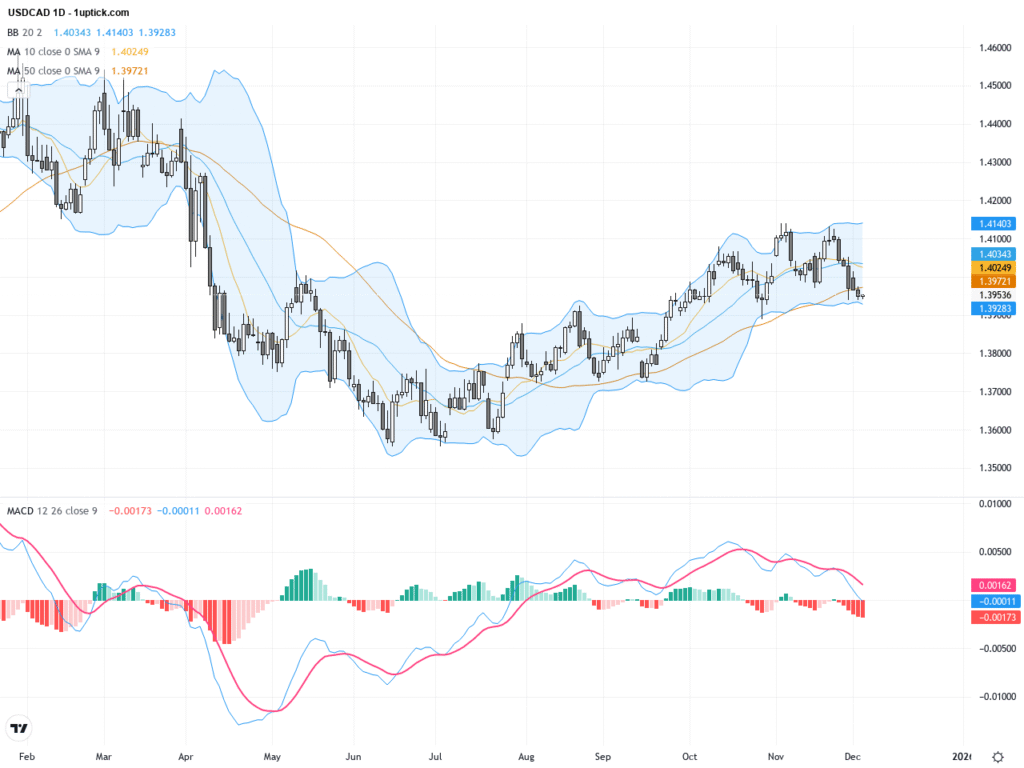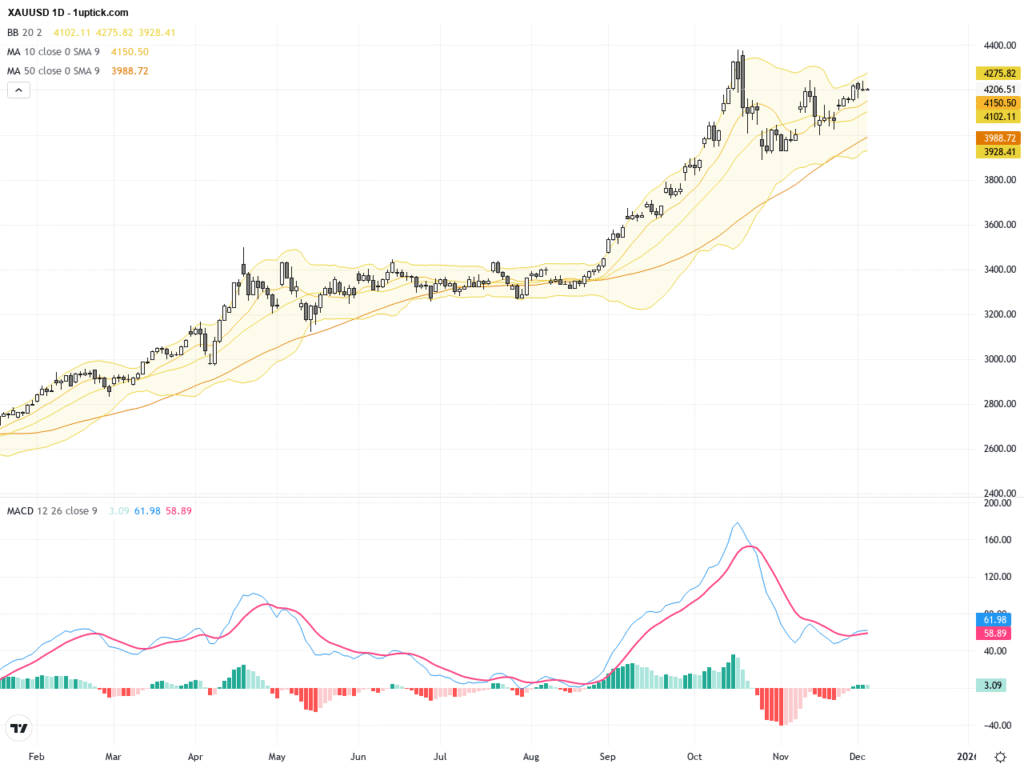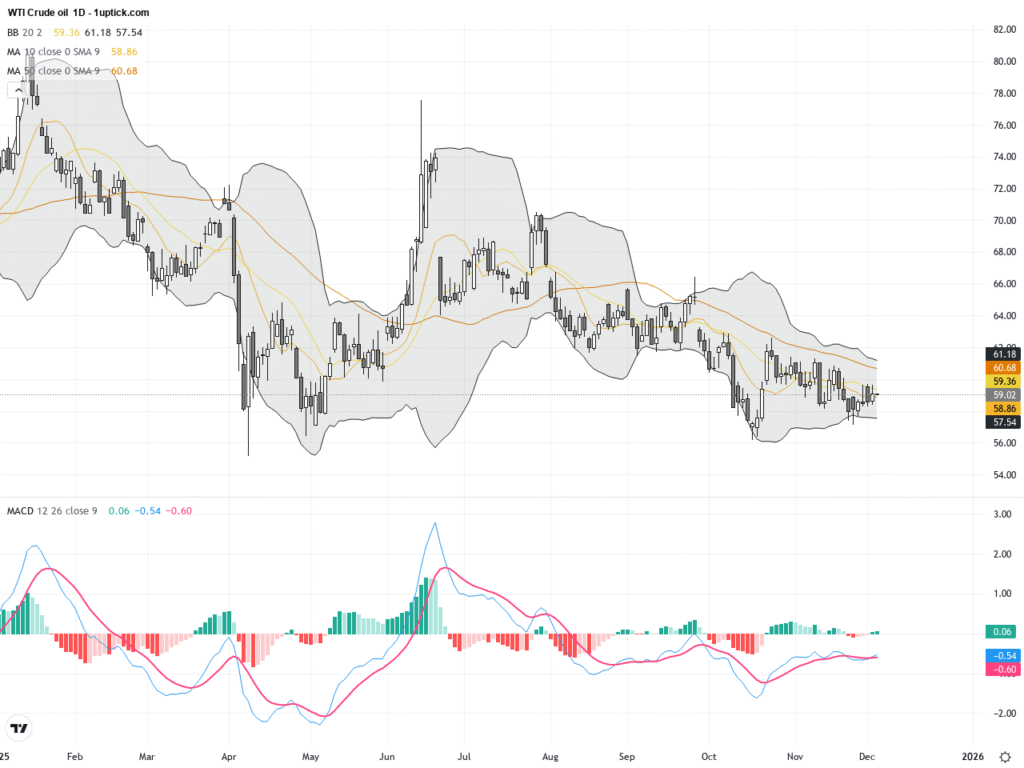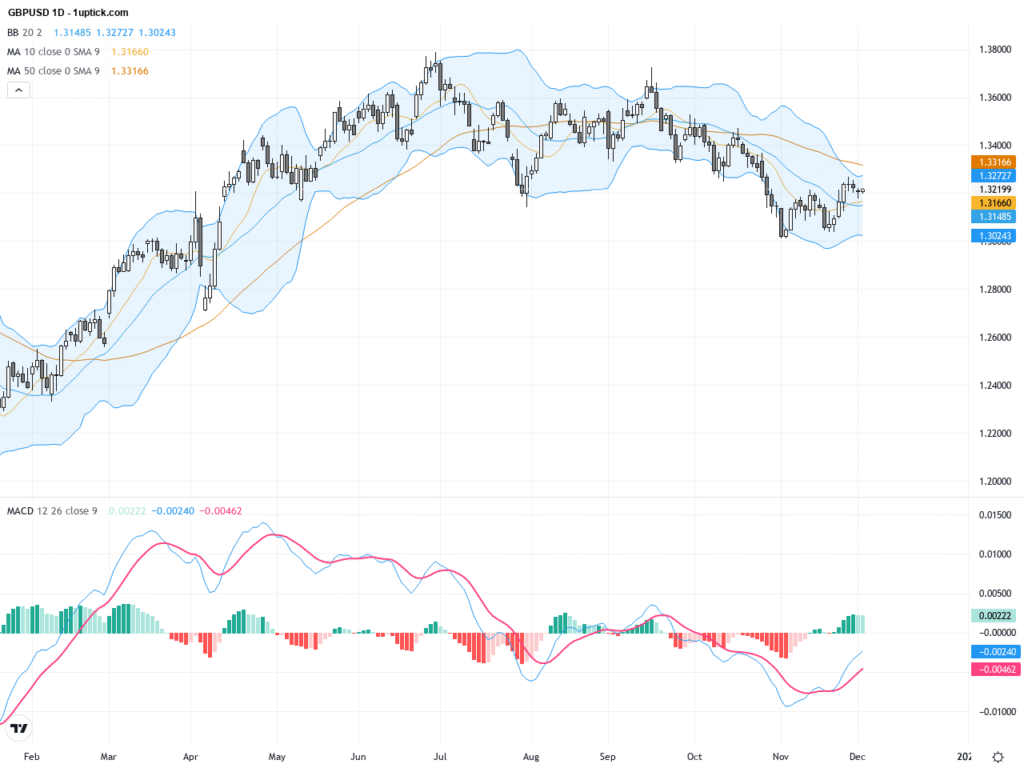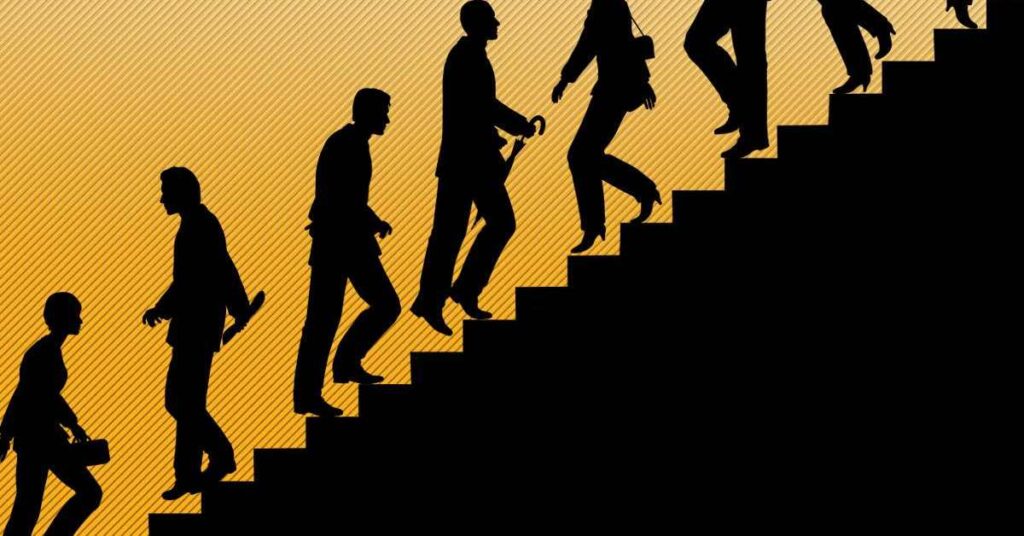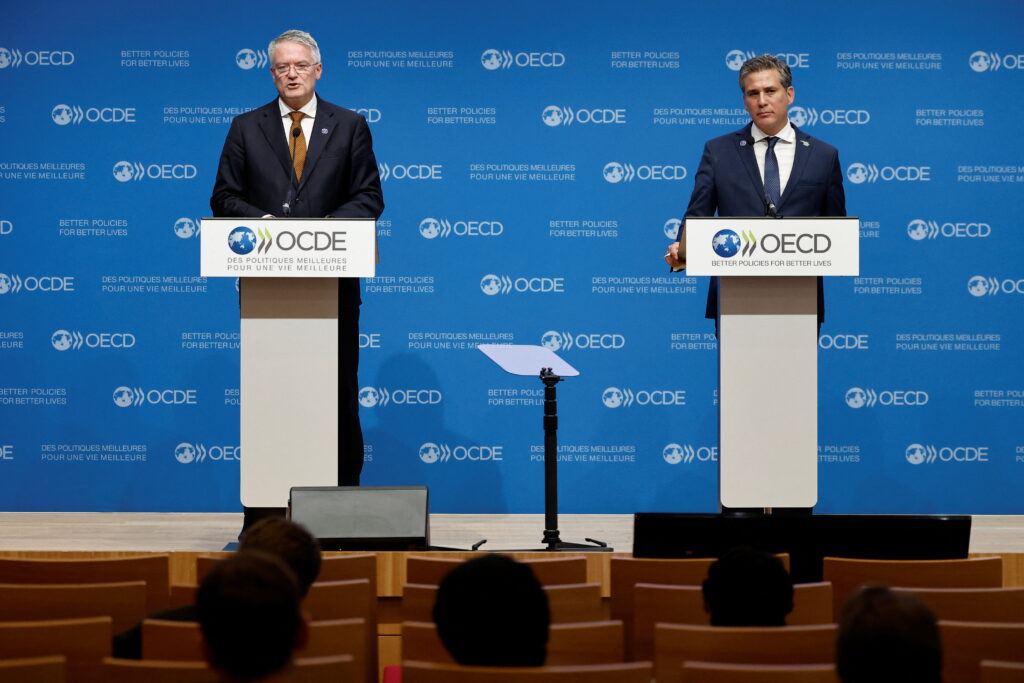 |
| Gold V.1.3.1 signal Telegram Channel (English) |

U.S. Economy in 2025: Why Slower Growth Signals Sustainable and Balanced Expansion
2025-08-16 @ 19:00
After several quarters of robust expansion, the U.S. economy is entering a period of moderation in 2025—a trend that, for many, offers reassurance rather than concern. Despite lingering memories of past years’ rapid growth, inflationary spikes, and policy pivots, the current slowdown represents a return to sustainable, balanced growth and not a warning sign of imminent trouble.
From Rapid Growth to a Controlled Pace
During 2024, the American economy surprised most experts with stronger-than-expected performance. Economic activity soared, fueled by resilient consumer spending and sturdy business investment, even in the face of elevated interest rates and shifting trade dynamics. But as we move through 2025, a new pattern has emerged: growth is decelerating, and the pace is settling closer to historical norms.
Preliminary government data show that inflation-adjusted gross domestic product (GDP) rose at an annualized rate of 3% in the second quarter. However, average growth over the first half of 2025 has cooled to around 1.25%—a full percentage point below the average for 2024. This gentle deceleration is most apparent in consumer activity, which drives about two-thirds of GDP. While consumer spending improved to a 1.4% gain in the latest quarter, this remains the softest back-to-back advance seen since the pandemic recovery. Business investment has also continued, albeit at a much slower pace.
Beyond headline GDP numbers, economists are watching “final sales to private domestic purchasers”—a narrower measure of underlying demand. This metric grew at just 1.2% in the second quarter, signaling the softest expansion seen since late 2022.
The Role of Policy, Trade, and Prices
Several factors are contributing to this cooling effect. For one, U.S. trade policy remains in flux. The recent increase in tariffs on imports, along with retaliatory measures from trading partners, has raised uncertainty and is slowing both business activity and household consumption. While some trade partners, like Canada and Mexico, are adjusting rapidly and could see lower tariffs by the end of the year, rates on imports from China and the European Union remain elevated.
This tariff-induced drag on economic momentum is showing up in the numbers. While businesses and households continue to spend, the pace is more measured. High but stabilizing inflation is also a factor. In 2024, consumer price growth moderated, suggesting a potential for a so-called “soft landing.” Now, forecasters expect inflation to tick up again, reaching as high as 3.9% by the end of 2025 before beginning to ease gradually in 2026.
Interest Rates and the Federal Reserve
The landscape for interest rates remains favorable. In response to moderating inflation, the Federal Reserve is expected to hold rates steady for most of 2025, with the potential for moderate cuts if inflation continues to cool and economic uncertainty persists. Lower borrowing costs would support both consumer activity and business investment, providing a buffer against any deeper slowdown.
Risks and Outlook
Though the macroeconomic environment is more subdued than last year, several risks linger. Ongoing trade tensions, significant fiscal deficits, and elevated government debt are casting long shadows. Policymakers face the challenge of balancing growth with the need for fiscal responsibility and greater economic certainty.
Meanwhile, investment in commercial and residential construction is weakening, partly as a result of higher borrowing costs and decreased government spending, which is also forecast to be more modest in the coming quarters. Additionally, net immigration—a key driver of workforce expansion—is slowing, and the federal workforce is shrinking. This combination adds further brakes to expansion.
Why Slower Growth is a Good Sign
While the slowdown is real, it doesn’t point to an impending recession. Instead, it marks a transition from extraordinary, stimulus-driven growth toward a more sustainable footing, where inflation is gradually being brought under control and key risks are being managed. Policymakers are signaling that they are ready to respond as conditions evolve, keeping monetary policy flexible and markets calm.
Importantly, the resilience seen in consumer spending—and the underlying strength of the American private sector—remains a core pillar. As wage gains accumulate and inflation settles, most households are expected to maintain healthy consumption levels, even if the rates are slower than the feverish peaks of the last year.
The Path Forward
As we look ahead, the central story of the U.S. economy in 2025 is moderation. This measured pace is necessary and healthy, helping to lay the groundwork for future expansion without the downsides of overheating or runaway inflation. For investors, businesses, and consumers, the message is clear: slower growth isn’t cause for alarm. Instead, it’s a sign that the economic recovery is maturing—moving toward stability, balance, and resilience in an unpredictable world.


